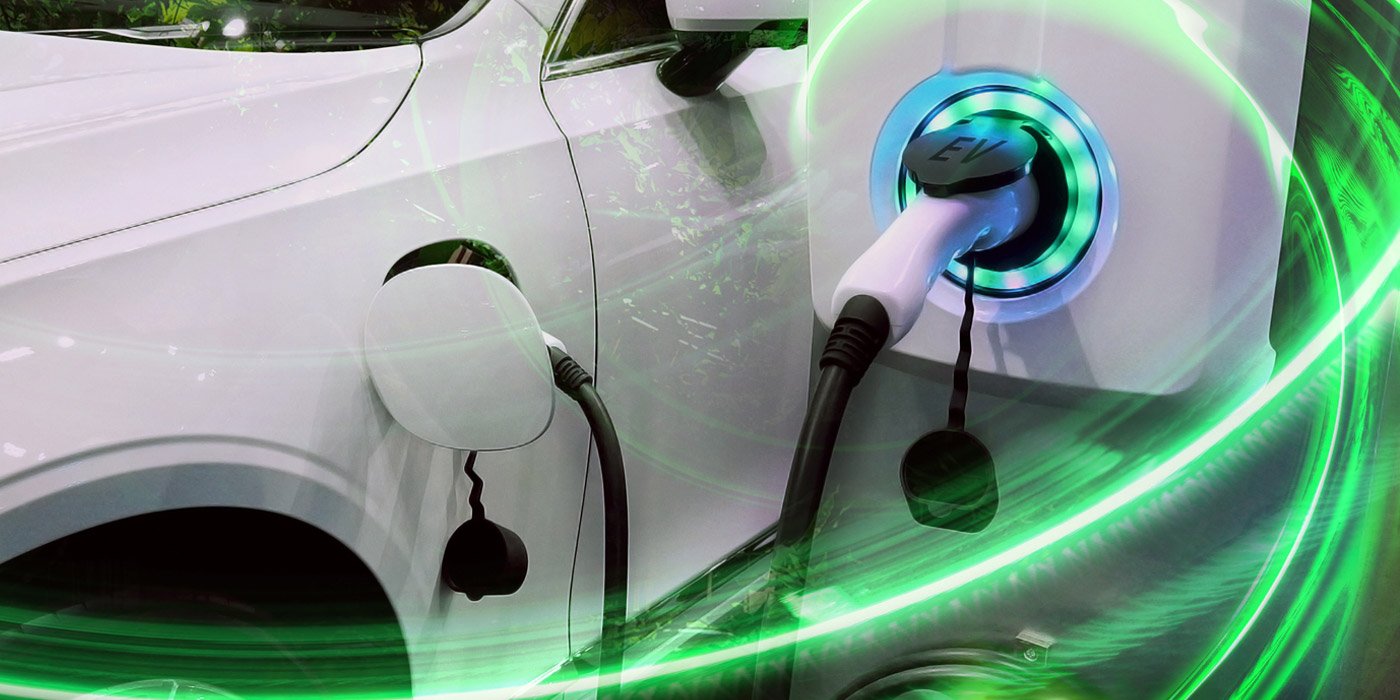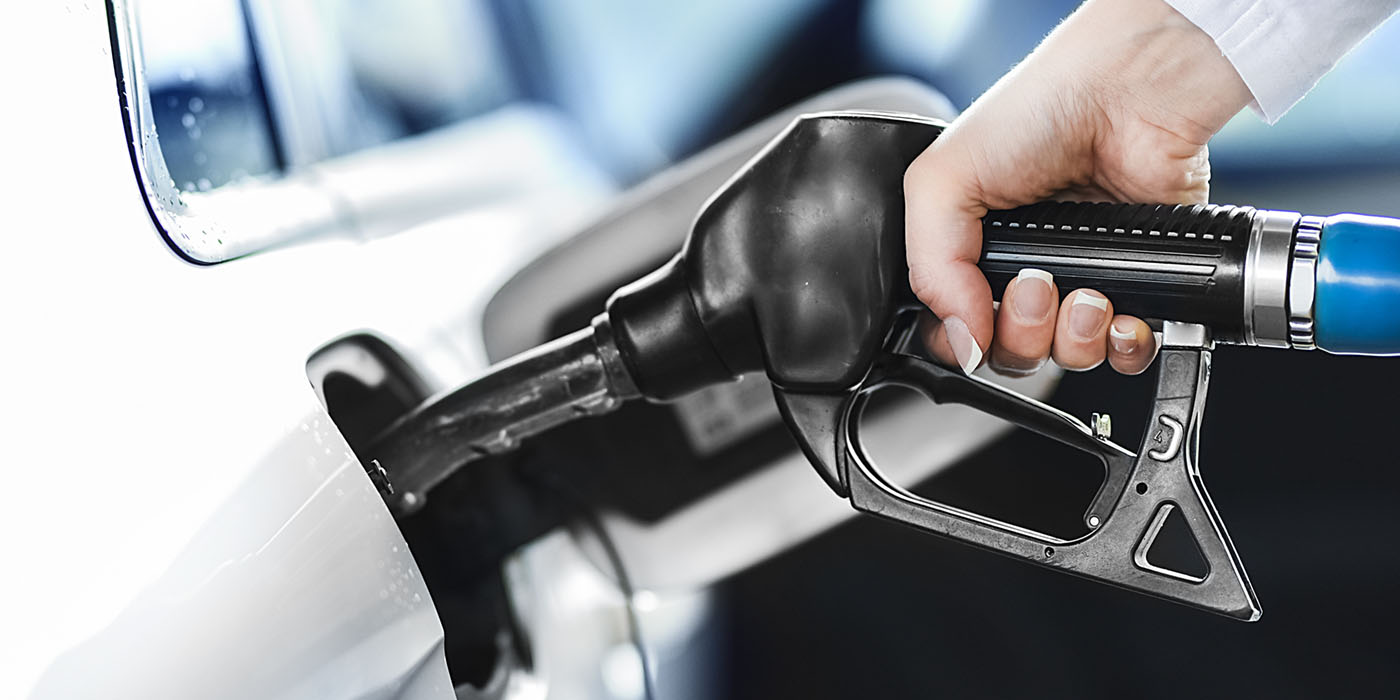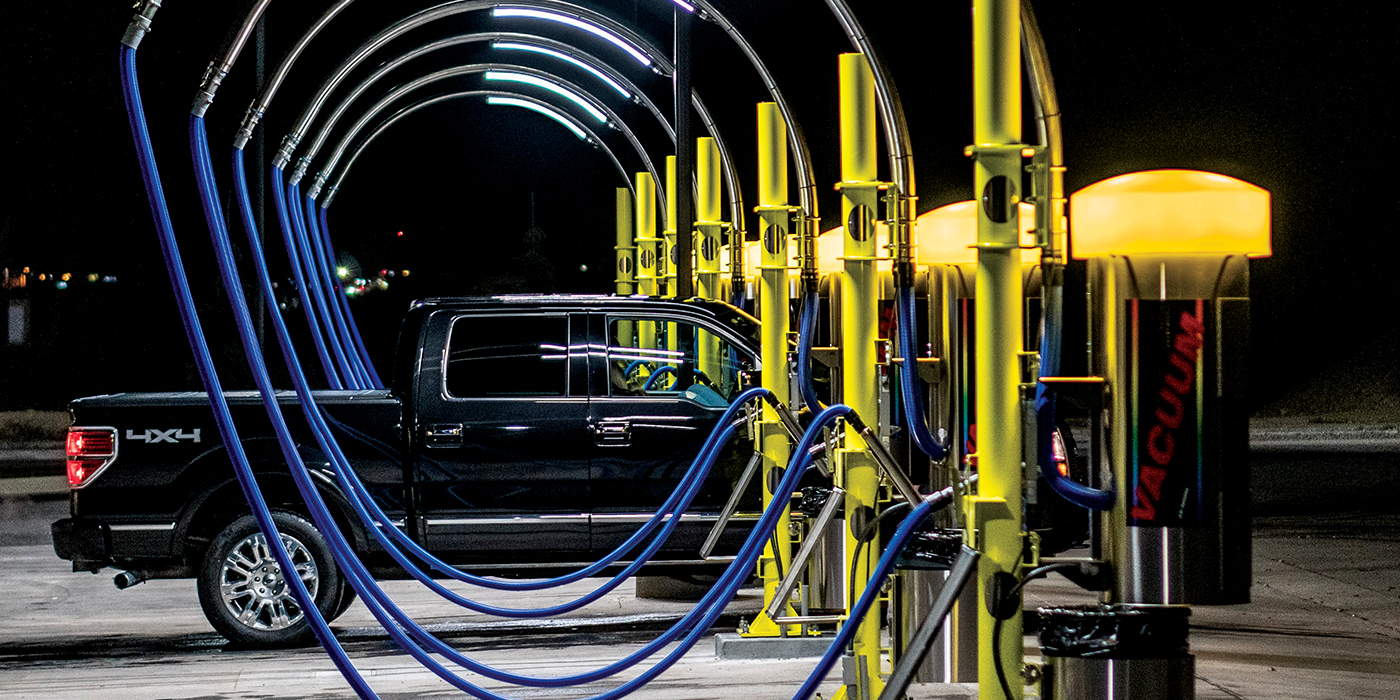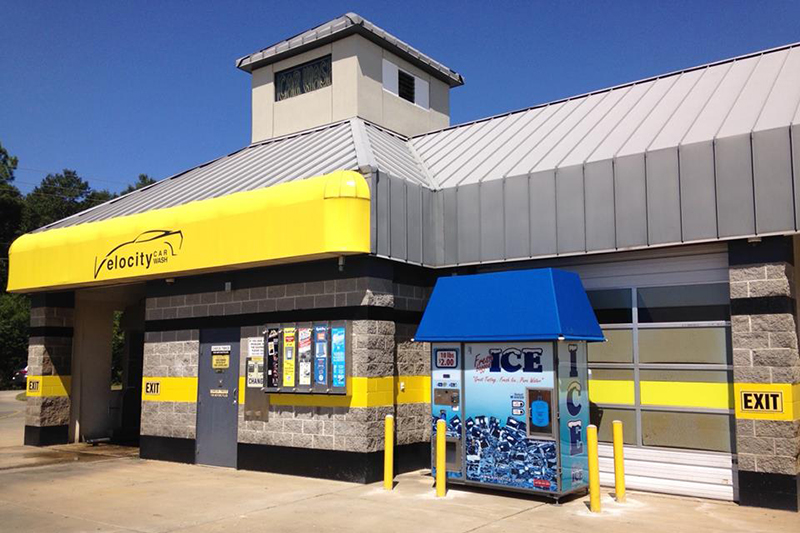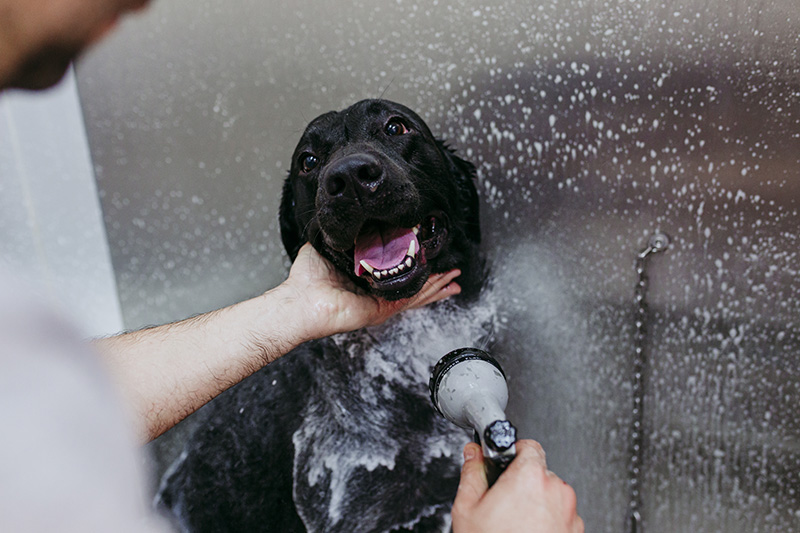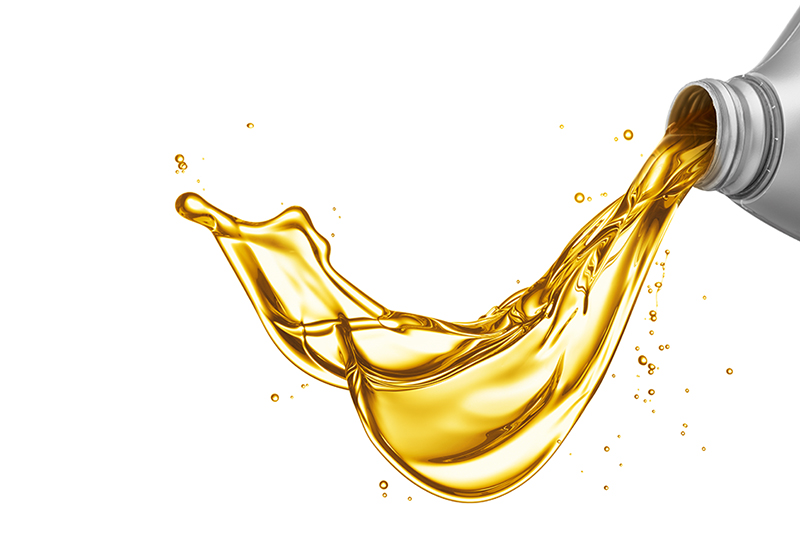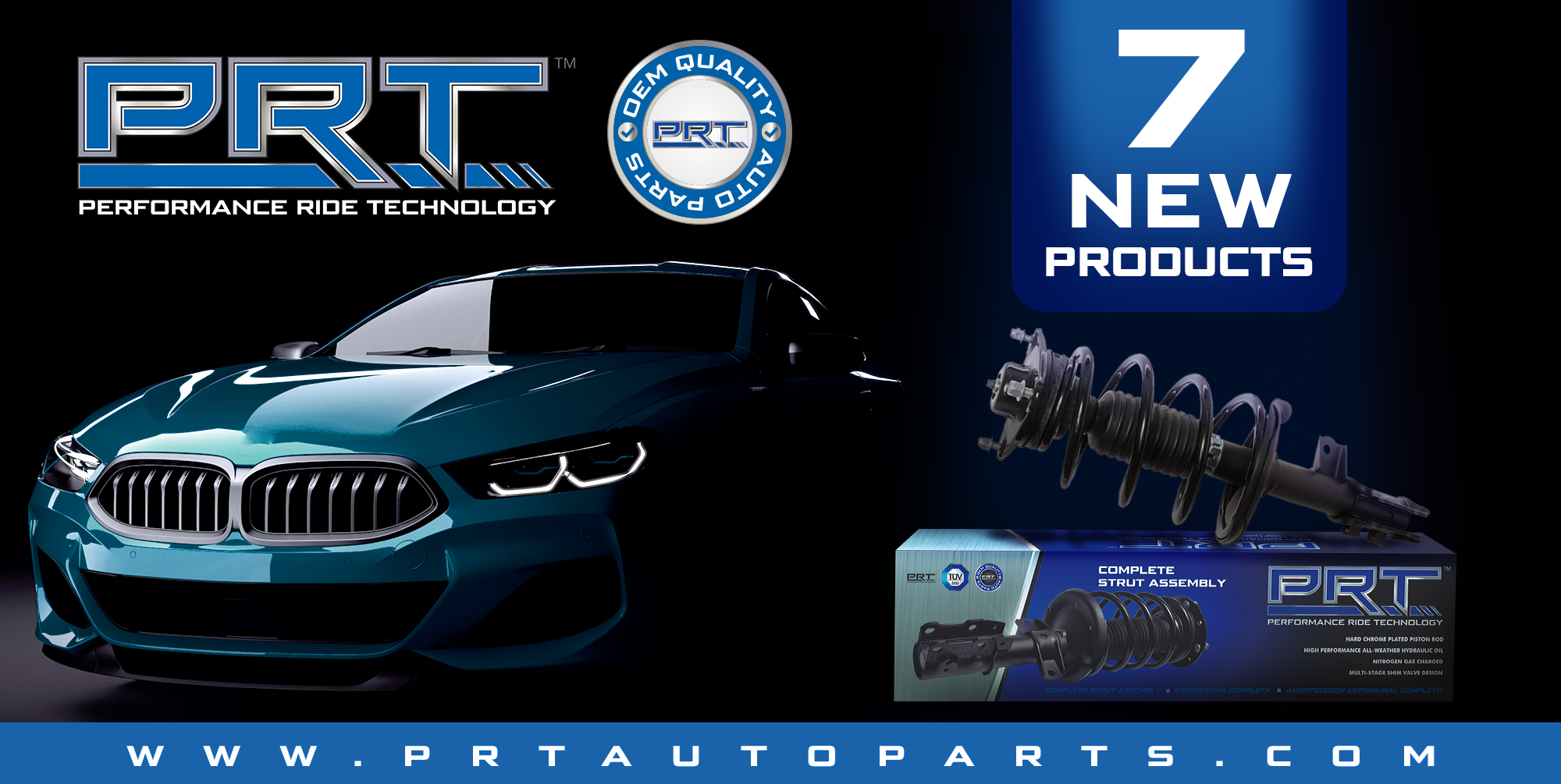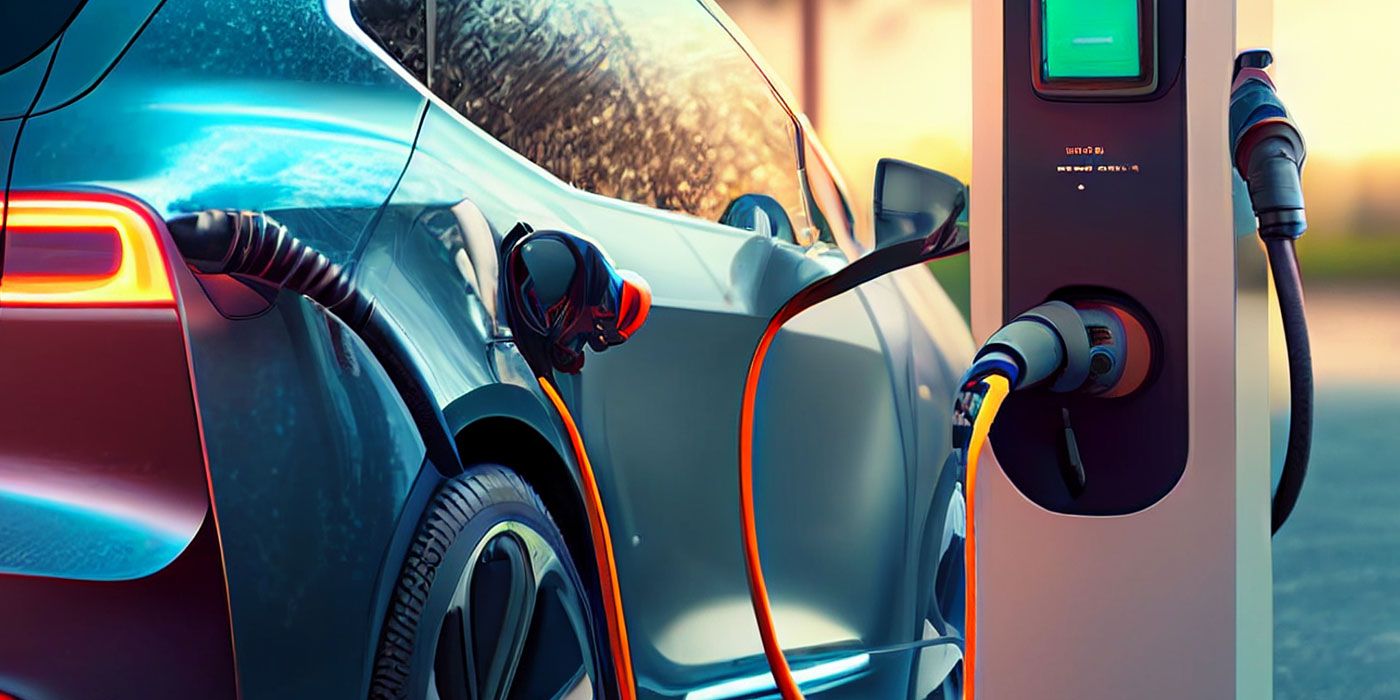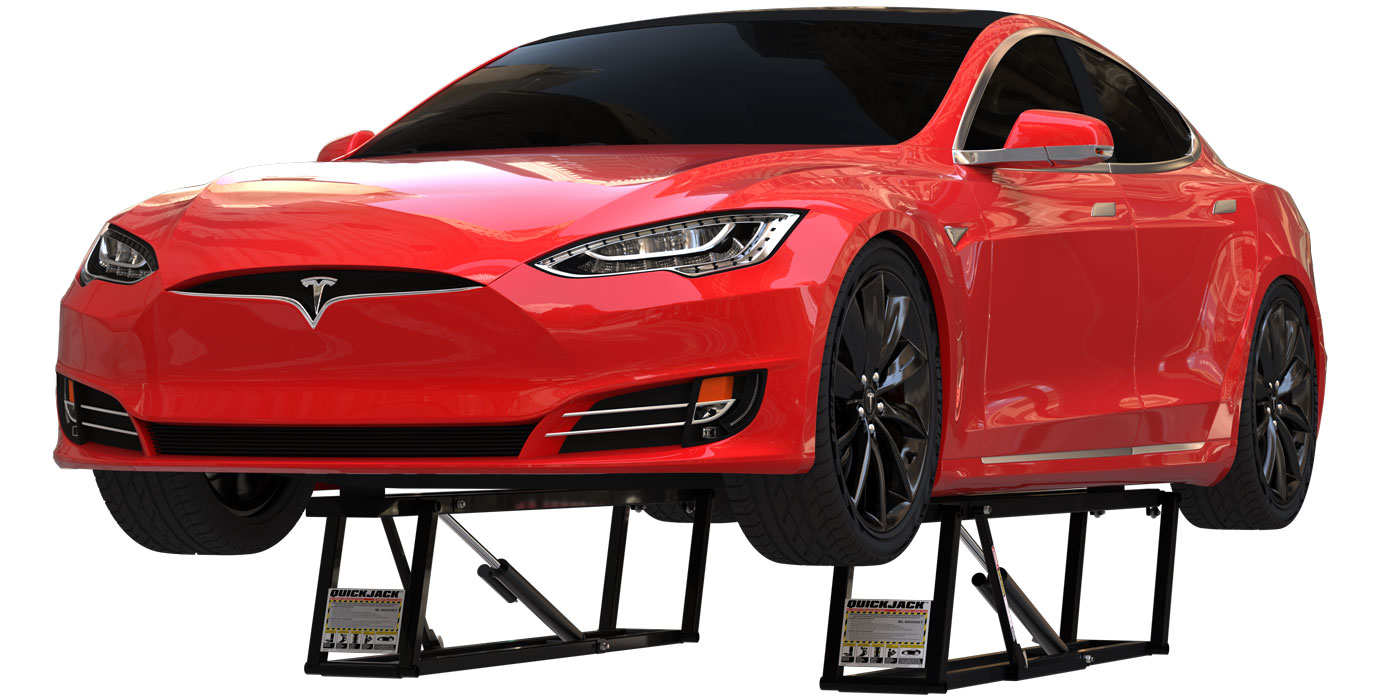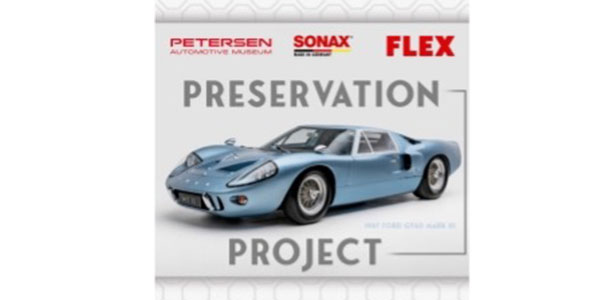As our research has reflected in recent articles on this topic, more people have more pets these days in their households. And, for many owners, these animals are more than just pets; they are members of the family and need to be regularly cleaned and cared for. So, as a savvy business owner looking to expand to other offerings to serve your customer base better while growing profits, why not consider adding a pet wash to your carwash location?
Out of the doghouse
Before owners can take this service proposition for a walk, they need to first make sure that their investments will roll over into profits. The first and most important question to ask when pondering the addition of any connected business to carwashing is, “Does the current location have enough room to support the business?”
In the case of self-serve pet washes, interested operators also need to be aware of how and when the wash is going to be used. Since labor requirements are minimal and access can be granted to the pet wash kiosk or room throughout the day and night, considering hours of operation is important before barking up this additional profit tree.
According to Phillip Cooper, president and CEO of Dog Wash USA, an ideal pet wash provides enough room for the user to maneuver and a bench if there is more than one person visiting the pet wash. “If the dog wash is in a separate room, then plan on a minimum of 100 square feet,” he says.
Obviously, many conveyor wash locations are situated on enough land to have flexibility in their pet wash installation decisions. However, this does not mean a self-serve wash owner should snarl at the prospect of operating a pet wash on the current lot.
For tunnel carwashes, if space is available within the current building — or space can be incorporated into the blueprints for a new building — experts recommend a room no smaller than 10 feet by 10 feet. “This allows for equipment to be installed and the room to still be ADA-compliant,” informs Keith Caldwell, president of All Paws Pet Wash.
For bay washes, since space constraints are a concern, manufacturers have designed other options. For example, for a self-serve carwash, operators can install a flip-tub pet wash that will only require 1 foot by 7 feet on one of the bay’s walls, adds Caldwell. “These models will only protrude into the bay by 1 foot,” he adds.
Another option is a self-contained kiosk on the property, which experts estimate would take up between 100 to 200 square feet of the property. According to Caldwell, this is the ideal pet wash, because it’s fully modular, markets itself due to its stance and offers other competitive benefits.
As far as building the pet wash to adjoin the current carwash building or keep it separate, experts say it depends on the individual owner’s preferences, options and needs.
“Every owner is different in their needs. Some want it located outside for 24/7 use. Some put the dog wash in a separate room, while others locate it near all the vacuum cleaners,” says Cooper.
Fetching returns
Both of the experts we interviewed for this article agree that a typical return on a pet wash investment falls between one and three years after installation. According to Cooper, his business’ customers do eight to 10 dog washes a day and 30 washes a day on the weekends. “Based on this, our average customer enjoys an 85% ROI and will pay for the purchase of [the unit] in approximately one and a half years and enjoy an equal amount of revenue,” he explains.
However, as pet ownership continues to increase and ways to market pet washes advance, these returns can potentially be realized sooner moving forward. The responsibility to maximize profit potential associated with these trends falls on the carwash. Owners and operators would be wise to study the customer base and serve messages in formats they prefer.
Related: Pushing pet wash profits
“With the new technology and apps, you can combine sales and marketing strategies so you can convert customers much easier,” educates Caldwell. “In addition, six out of 10 people coming onto a carwash property either have a pet with them or have a pet at home. Over 90 million dogs are registered in the U.S., and the pet industry has grown to over $80 billion, seeing consistent increases of 5% every year for the past 20 years.”
Another strategy Caldwell recommends is partnering with local businesses and foundations to increase your pet wash’s potential. “We always suggest teaming up with local humane societies and other pet organizations in town to create awareness and brand recognition,” he adds. This includes partnerships with K9 Units and other dog-related businesses, including dog walking, dog grooming, dog boarding and pet supplies stores.
A loyal companion
Similar to operating a carwash business, marketing is key to operating a pet wash business. Cross-promotion is an effective strategy to use when looking to grow awareness for the pet wash service, especially if it is relatively new to the business. As mentioned, demand is likely present throughout your existing customer base, so having strong call-to-action messaging throughout your site will be crucial to help inform the current customer base about any new additional profit center.
You can also use the core business as an opportunity to leverage multiple services and create a value proposition to customers. This is a tried-and-true strategy in this industry, as customers are more prone to use a new service when they feel they’re “getting a deal.”
“Many of our customers offer six washes for the price of five or a membership that offers discounts on merchandise or a free wash if they refer a friend,” asserts Cooper. “The cost of a wash for dog wash owners is only $1.20 each, which includes liquids, water and electric. This makes offering a free wash as an incentive affordable.”
Similar to selling and maintaining loyalty programs for the carwash, modern, advanced technology can help customers and operators effectively track pet wash rewards programs. Carwashes that are interested in adding a pet wash or incorporating a loyalty program into it should invest in tracking systems and mechanisms to maximize use and value to customers.
“Typically, with the new apps, you can create monthly wash packages, such as X amount of dollars or four washes per month for $X. There are a handful of tunnel operators that added in the pet wash as a free service if the end user purchases the top package of the carwash — this seems to be gaining huge traction. The pet wash would then be operated by the phone app or accept a token that you get when you go through the carwash for the pet wash,” explains Caldwell.
Leading pet washes will feature a variety of payment options, including cash, credit and mobile. Be sure equipment is well-made and either has a reliable touchscreen or buttons and a panel that can operate in wet environments. Units should be sturdy, easily accessible, visually appealing, offer alerts — such as for low liquids or to detect malfunctions — and wide enough to accommodate all sizes of pets. Upselling is also possible with leading equipment models on the market today.
“You can offer pet items like grooming brushes, nail trimmers, dry towels and pet treats in your vending machines,” says Cooper.
When operated and marketed correctly, a pet wash could become an owner’s best friend. Self-serve pet washes should be relatively easy to operate and incorporate into a carwash business for operators who perform their due diligence and research the options on the market today. Then, once you have it set up, demand should run through the customer base enough where you shouldn’t have to “beg” for business to make the pet wash profitable.
“The passion that people in the U.S. have for the care for their dogs rivals or even outlasts the passion they have for their vehicles,” concludes Caldwell.


